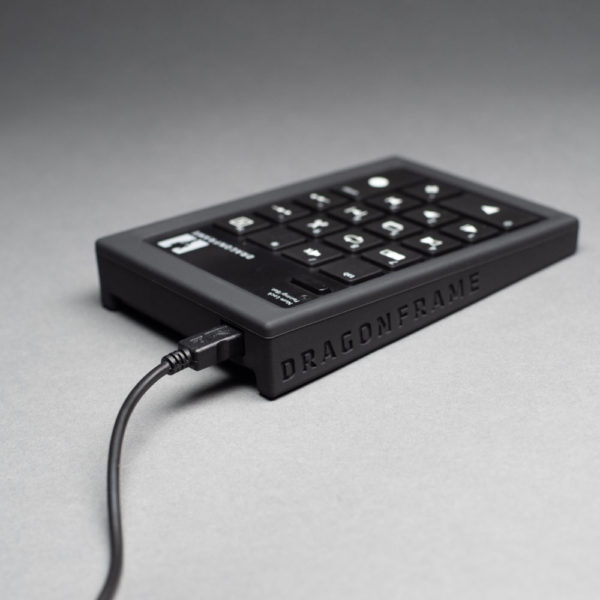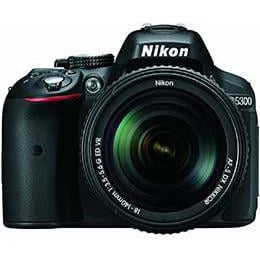
 As soon as possible, Bridge replaces it with the default Adobe Camera Raw conversion. Bridge may first display the JPEG preview embedded into the raw file by the camera. When viewing the raw images in Bridge for the first time, you might see an initial image that changes to a different version. If you still don’t think it’s a close enough match (and if you changed certain in-camera settings, it might not be), you can try to change Camera Raw adjustments to make the raw files look like a JPEG from that camera, then you can save that as the default conversion for your camera so it will just convert them all that way in the future. You might find that Neutral or Standard matches JPEGs better than the other profiles, but what you really want to look for is a Camera Matching profile named like the settings (typically the Picture Style) you selected on the camera at the time of the shoot. The example below shows the Camera Matching profile provided for my old Canon 7D the names of the Camera Matching profiles may be different for various cameras. Then apply the Camera Matching profile that matches the JPEGs most closely, or the one you like the most.
As soon as possible, Bridge replaces it with the default Adobe Camera Raw conversion. Bridge may first display the JPEG preview embedded into the raw file by the camera. When viewing the raw images in Bridge for the first time, you might see an initial image that changes to a different version. If you still don’t think it’s a close enough match (and if you changed certain in-camera settings, it might not be), you can try to change Camera Raw adjustments to make the raw files look like a JPEG from that camera, then you can save that as the default conversion for your camera so it will just convert them all that way in the future. You might find that Neutral or Standard matches JPEGs better than the other profiles, but what you really want to look for is a Camera Matching profile named like the settings (typically the Picture Style) you selected on the camera at the time of the shoot. The example below shows the Camera Matching profile provided for my old Canon 7D the names of the Camera Matching profiles may be different for various cameras. Then apply the Camera Matching profile that matches the JPEGs most closely, or the one you like the most. 
Which camera did you use? What you want to do in Camera Raw is find the Camera Matching profiles for the camera you used Dragonframe to control. I haven’t used Dragonframe, but from their website it looks like it simply controls a standard camera. The Adobe conversion may not involve a LUT at all (it can, but often doesn’t), because the fundamental step of a raw-to-RGB conversion is any application is demosaicing, not LUT remapping. If you do not like the default Camera Raw conversion, the answer is not to “stop the LUT,” since that isn’t what is happening.

What you see in Bridge is the same thing you see in Camera Raw: Adobe Camera Raw is applying its default raw-to-RGB conversion settings to generate a preview, and its defaults are different than the in-camera settings that generated the camera JPEGs.* You’re assuming a LUT is being applied, but that’s not what’s happening.







 0 kommentar(er)
0 kommentar(er)
